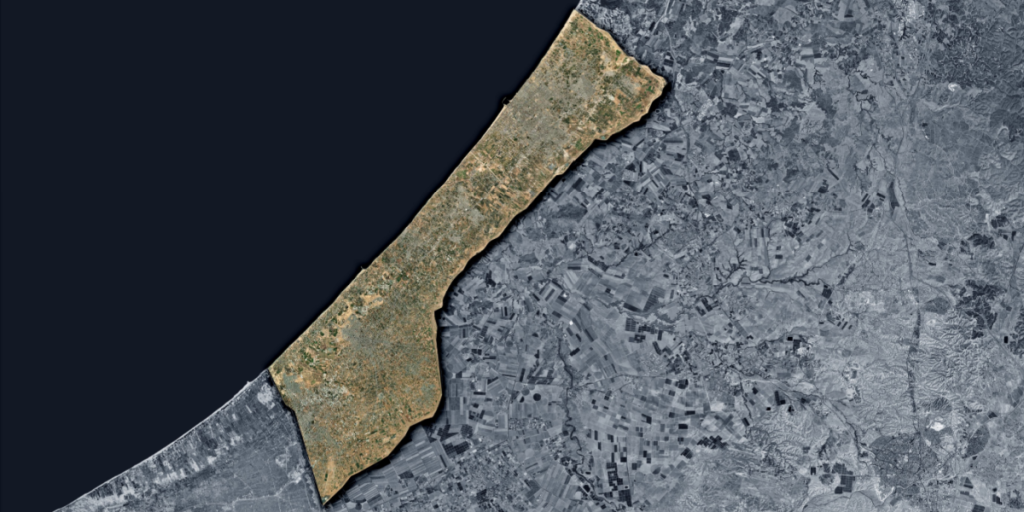Israel’s bombing campaign and ground tactics have left 92% of Gaza’s homes damaged or destroyed, some 436,000 residences.
Others are reading now
The war in Gaza has now entered its third year, Israel’s longest conflict since 1948. What began with a deadly Hamas attack in October 2023 has evolved into a grinding campaign of airstrikes and ground operations.
A war with no end in sight
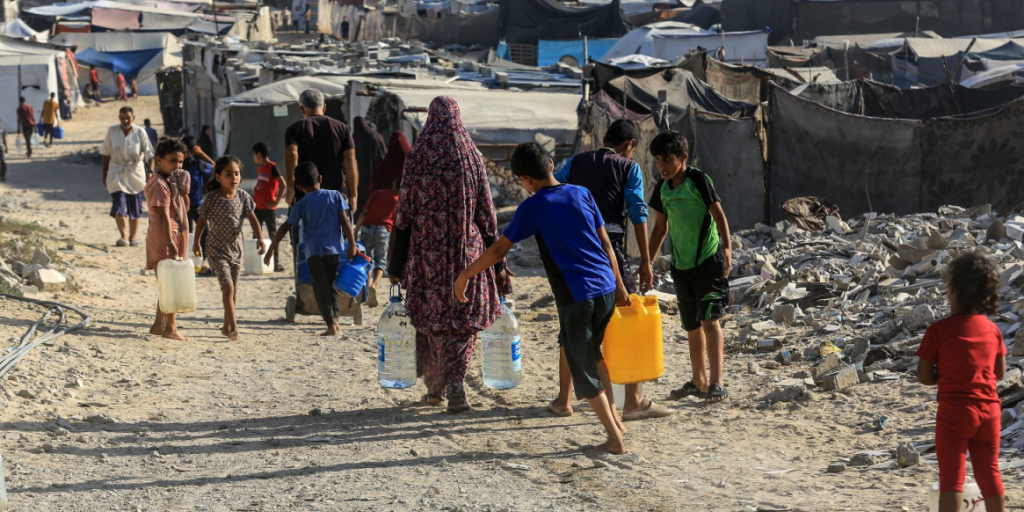
The toll is staggering: over 67,000 Palestinians have been killed and nearly 170,000 injured. The vast majority of the casualties are civilians, including entire families lost in single bombings.
An entire generation affected
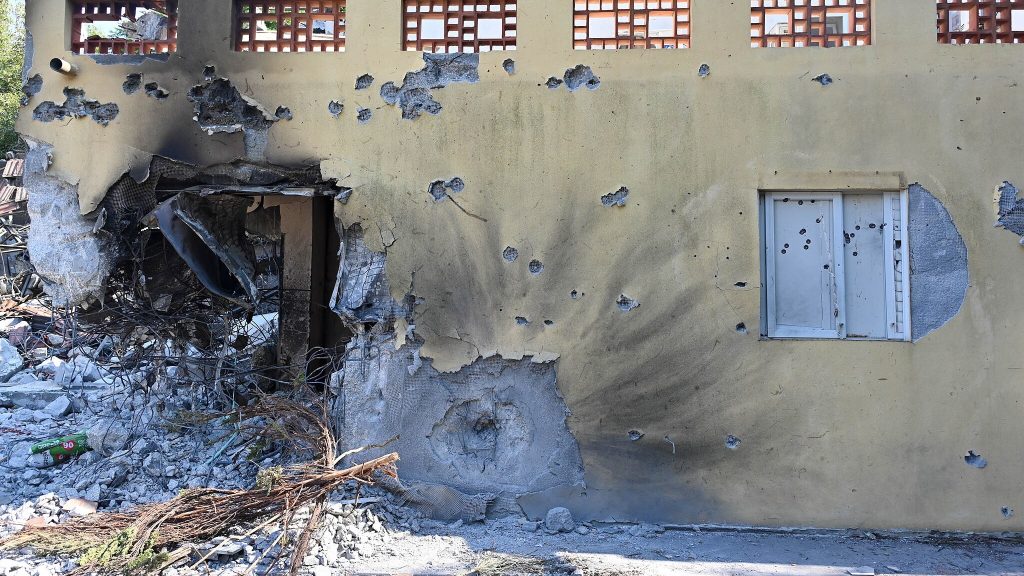
At least 20,000 of those killed are children, nearly 2% of Gaza’s child population. The true number may be higher, with many uncounted beneath the rubble. Others have died from untreated disease, hunger, or suicide.
One study found that life expectancy in Gaza may have dropped by nearly 50% in the first year of war alone.
Israeli acknowledgement and global scrutiny

While Israeli officials have challenged death tolls from Gaza’s health ministry, even the former army chief Herzi Halevi recently admitted over 200,000 Palestinian casualties.
Also read
Leaked Israeli data suggested more than 80% of the dead were civilians. Halevi stated bluntly: “We took the gloves off from the first minute.”
A landscape turned to rubble
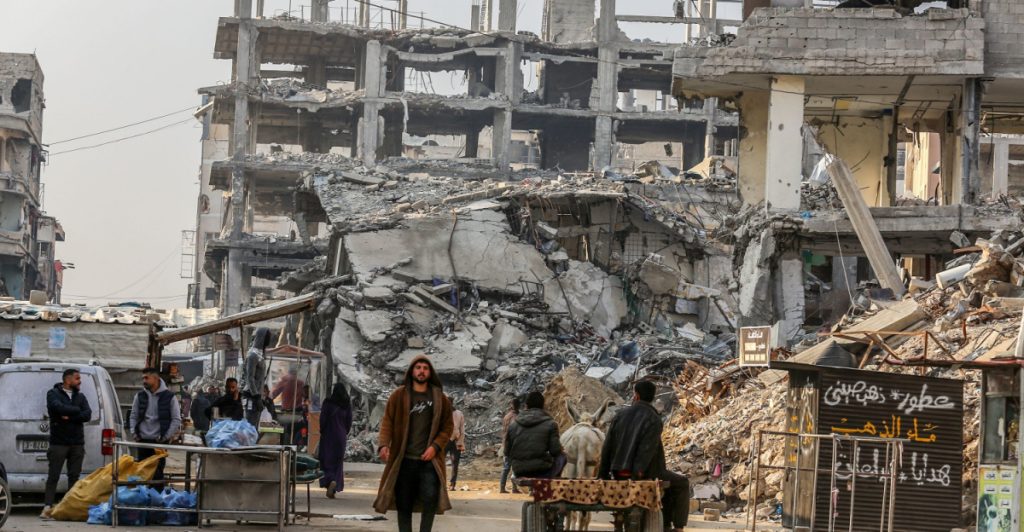
Israel’s bombing campaign and ground tactics have left 92% of Gaza’s homes damaged or destroyed, some 436,000 residences.
A staggering 61 million tonnes of debris now cover the territory, much of it laced with asbestos, heavy metals, and industrial waste. Over 80% of Gaza is now a military zone or otherwise inaccessible to Palestinians.
Mass displacement on an unprecedented scale
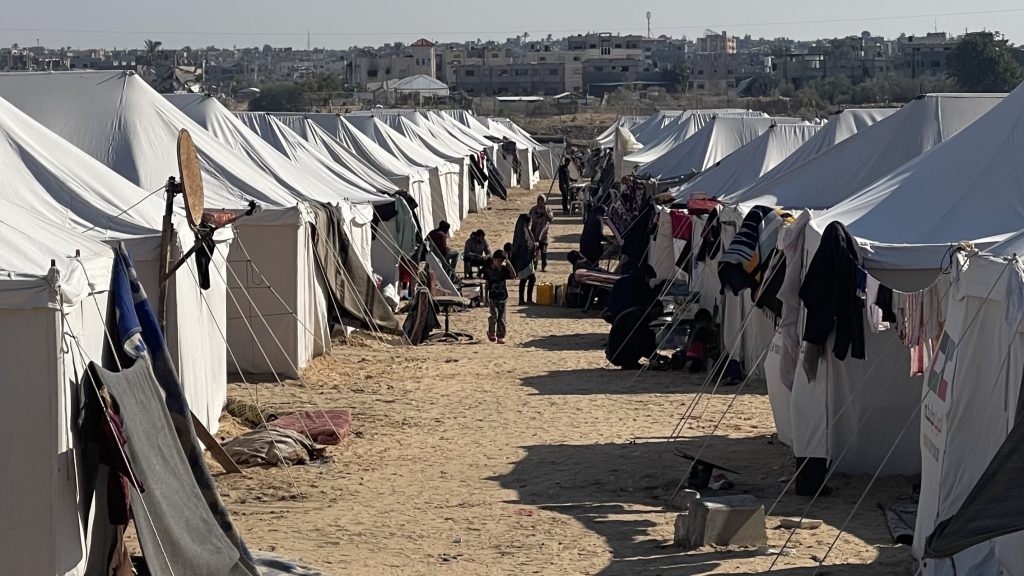
About 2.1 million people, 95% of Gaza’s population, have been displaced, many of them multiple times. Families now live in crowded tents or crumbling shelters, often with no clean water or sanitation.
In some areas, half a million people survive on less than nine litres of water a day, a fraction of pre-war access.
Also read
Education system in ruins
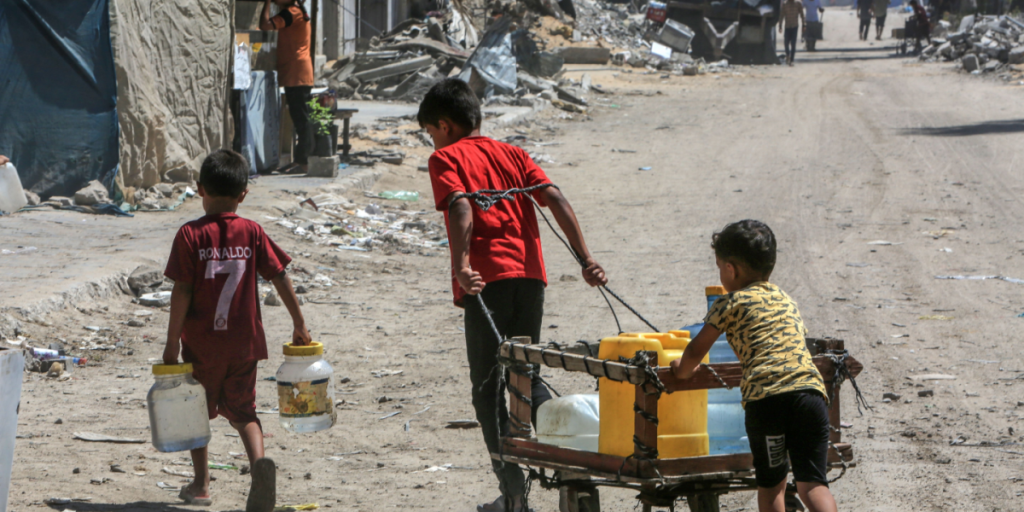
Nearly every school in Gaza has been damaged or destroyed, 518 in total, along with most universities and vocational centres.
As a result, 745,000 students have been out of formal education for over two years. Many school buildings now serve as overcrowded shelters, some repeatedly bombed despite being marked on maps.
Health system on the brink
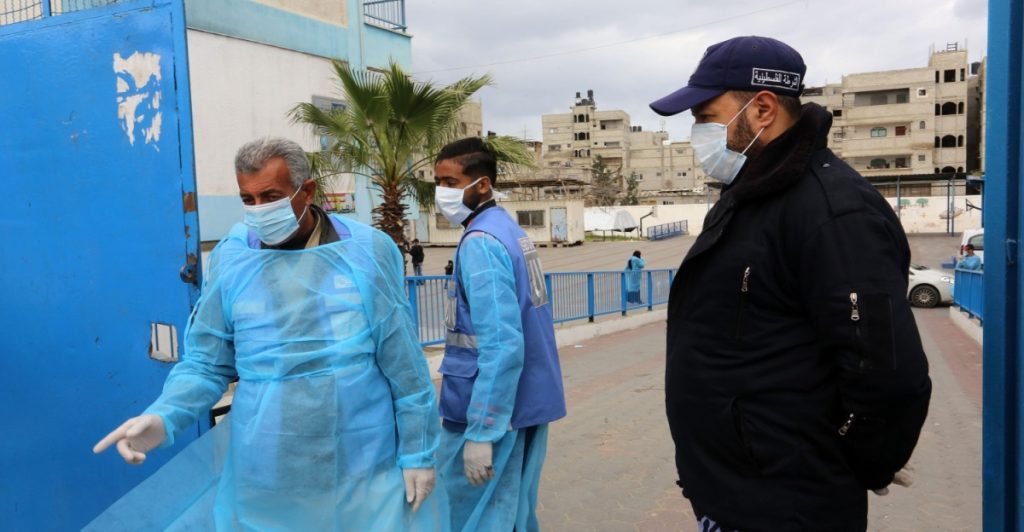
Gaza’s healthcare system has nearly collapsed. Just 14 of 36 hospitals remain even partially functional. Field hospitals offer limited relief, but many operate at over 200% capacity.
More than 1,700 healthcare workers have been killed, and Israel has launched hundreds of strikes on medical facilities. Medication and equipment remain in critically short supply.
Hunger turns to famine
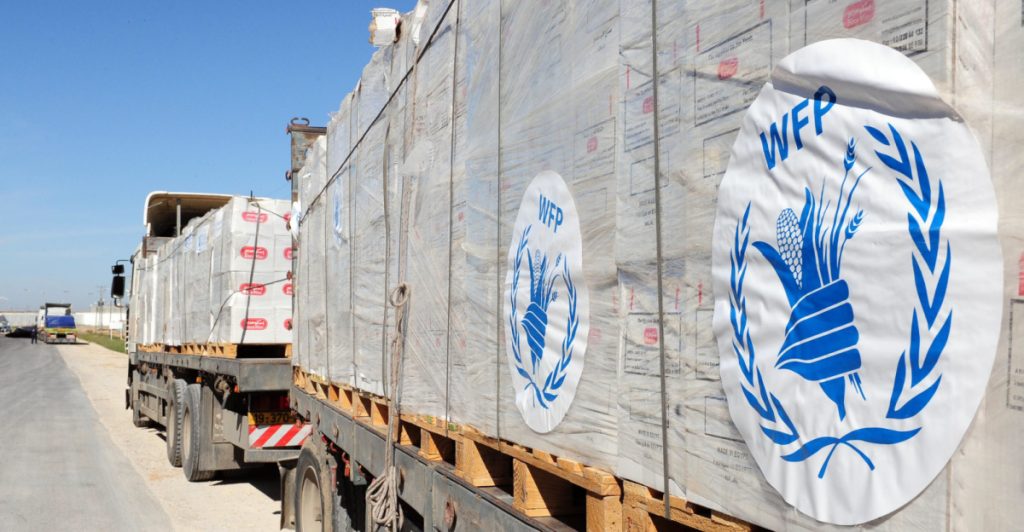
Since the start of the conflict, 400 people, including 101 children, have died from malnutrition. The UN declared famine in parts of Gaza in August. Many pregnant women survive on just one meal a day.
Also read
Aid deliveries have been inconsistent and chaotic, often halted altogether or lost to looting and violence during distribution.
Blockades and broken promises

Israel has restricted aid and destroyed much of Gaza’s farmland, worsening the crisis. A temporary ceasefire earlier in 2025 brought some relief, but the blockade resumed soon after.
The controversial Gaza Humanitarian Foundation, backed by Israel and the US, oversaw food distributions that led to over a thousand deaths amid Israeli fire.
Food production collapses
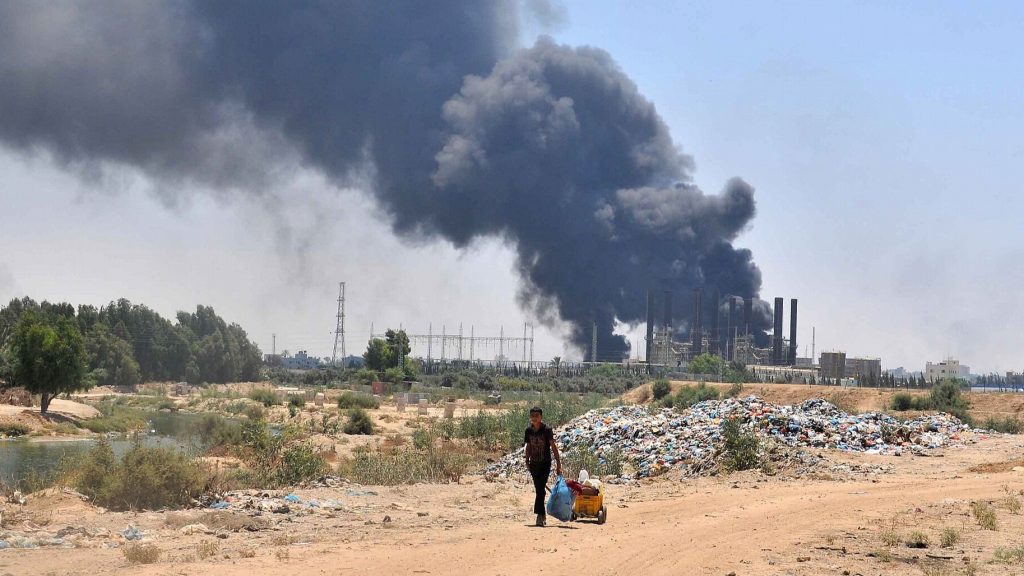
Agricultural devastation is nearly total: 97% of tree crops, 95% of shrubland, and 82% of annual crops are gone.
As of August, only 1.5% of cropland was usable. Pollution from explosives has tainted soil and water, with long-term consequences for health and food security.
Also read
Cultural heritage in the crossfire
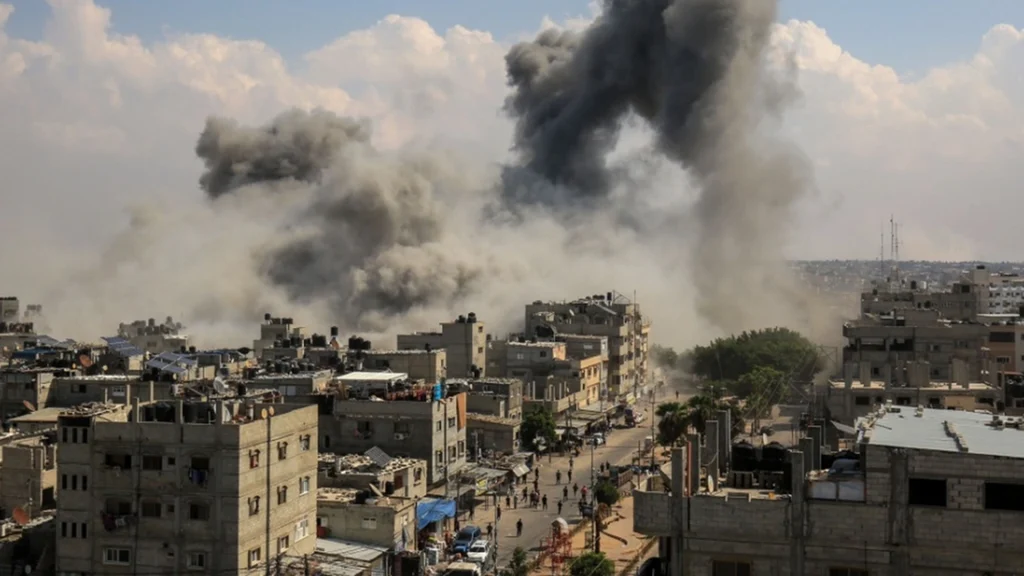
Gaza’s rich cultural history has not been spared. Ancient mosques, Ottoman markets, churches, and archaeological sites have been reduced to rubble.
Entire neighbourhoods, once centuries old, no longer exist, erasing layers of history and identity in moments.
Explosives leave lasting danger
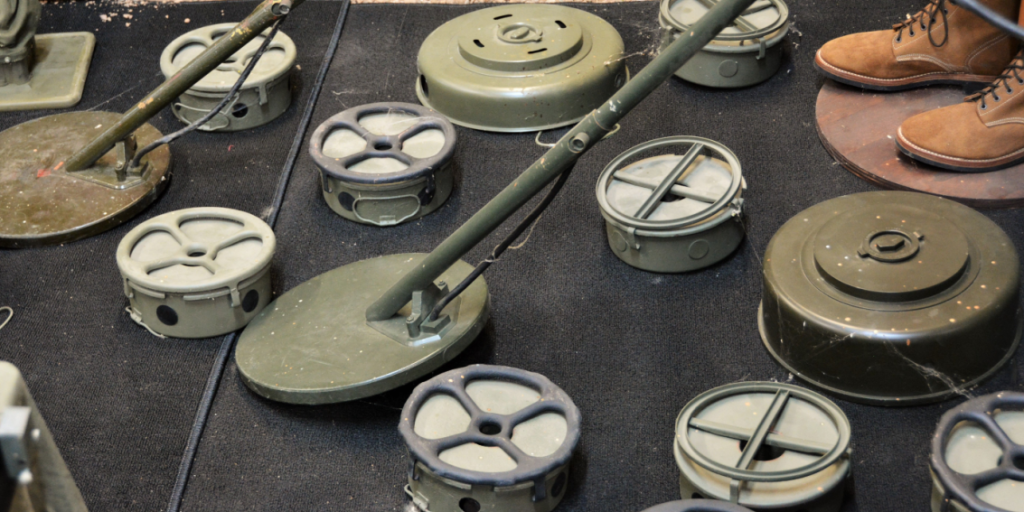
Since 2023, 132 incidents involving unexploded ordnance have killed 47 people, including at least 14 children.
These hidden dangers pose ongoing threats to survivors returning to damaged areas or attempting to farm, rebuild, or resettle.
“Hell on earth”: the human cost
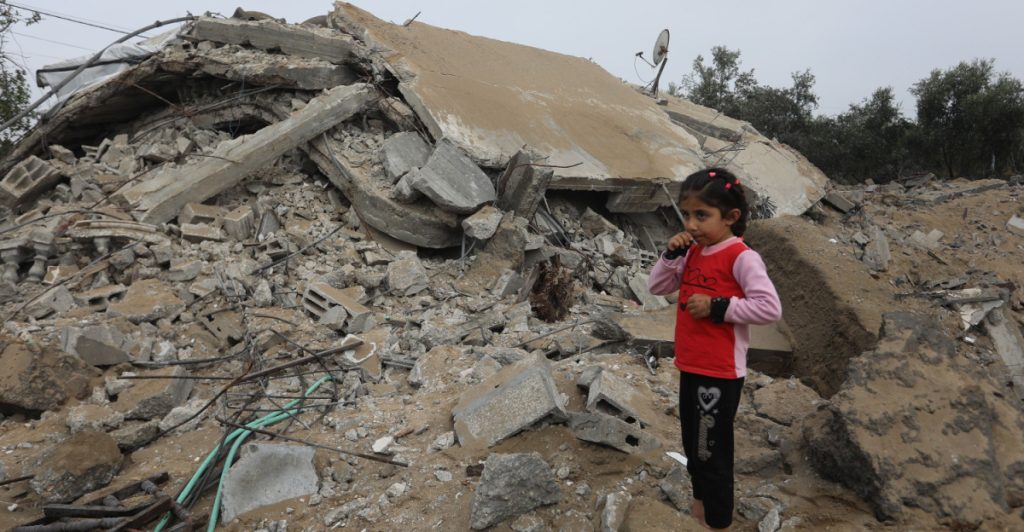
Witnesses describe a shattered landscape: cities turned to ash, tent cities overwhelmed, hospitals filled beyond capacity.
Also read
Aid workers and medics call the scenes “post-apocalyptic.” UN officials warn of generational trauma and environmental collapse if the war continues at this scale.

